Embracing Neurodiversity: A Guide to Crafting Inclusive Events & Spaces
With approximately 15-20% individuals of our global population having neuro differences such as ADHD, OCD, autism, or Tourette Syndrome, recognizing the importance of creating a safe and neuro-inclusive event becomes imperative in ensuring its success for all attendees. By embracing neurodiversity, you establish an environment where guest feels valued and included.
Utilize The Neu Project Guide, and gain valuable and practical knowledge on developing a welcoming and productive atmosphere at your next event.
What is Neurodiversity?
Neurodiversity is an inclusive term that encompasses the natural variation in human brain function and neurological differences. It promotes acceptance and understanding of diverse ways of thinking, learning, and experiencing the world. By embracing neurodiversity, we create inclusive environments that value the strengths and unique perspectives of individuals with different neurological profiles. Neurodiversity emphasizes that neurological variations, such as autism, ADHD, dyslexia, and other neurodevelopmental conditions, are simply part of the natural spectrum of human diversity rather than being viewed as disorders or deficits.
What are some ways to a more inclusive event?
Introduce Quiet Rooms & Recovery Corner
To create an inclusive environment, it's important to acknowledge that despite our efforts to minimize potential triggers such as harsh lighting, loud noises, and crowded spaces, it may still be challenging to avoid them entirely. That's why it's crucial to provide dedicated spaces like Quiet Rooms or a Recovery Corner, for guests to find respite from sensory stimulation. These spaces should feature muted tones, soothing sounds, and soft lighting to promote calmness and relaxation. Additionally, providing amenities such as light refreshments, fidget toys, and headphones can enhance comfort and ease. Guests can retreat to these designated areas away from the main event, allowing them to recharge mentally and physically.
The interior design of Melbourne Marriott Hotel Docklands serves as an outstanding example of a comforting area. With its serene and inviting living room atmosphere, the hotel offers guests a haven of solace and tranquility. By designating extra space or rooms specifically for relaxation, guests can enjoy a peaceful environment that nurtures their well-being and empowers them to perform at their best when returning to the main event.
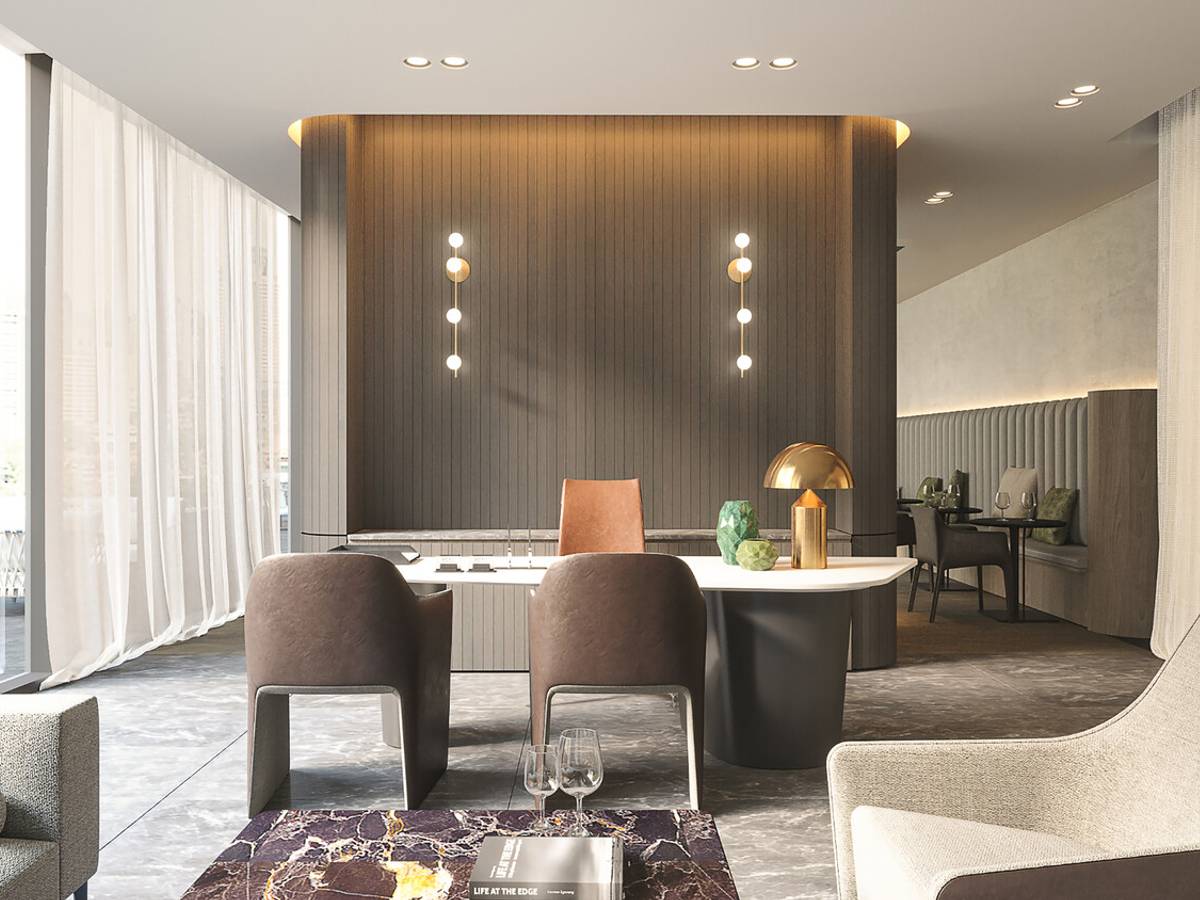
Harness the Power of Decoration and Atmosphere
An event can very quickly become overwhelming to someone who is experiencing overexposure to their senses. It is important to avoid using harsh, overhead fluorescent lighting and any type of flashing lights. If these lights must be included in the presentation, provide ample warning to the audience. Keep in mind that colors significantly impact people's mood and emotions. Where feasible, choose non-stimulating colors that will put people at ease. Learn what colors are most optimal and which colors to avoid in The Neu Project Guide.
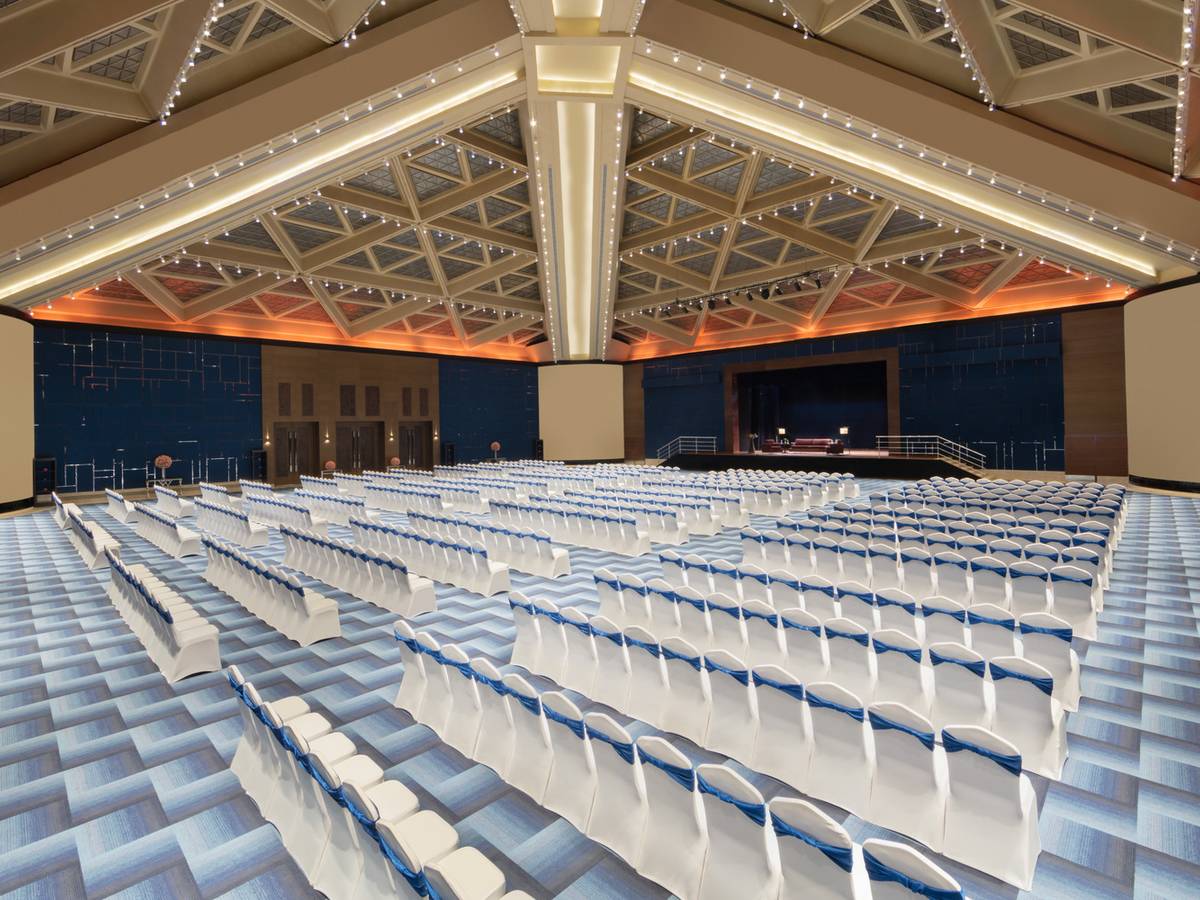
To curate an inclusive event experience that caters to diverse sensory preferences, it is essential to select a venue that incorporates elements such as soft, pleasing lighting and soothing color palettes. A prime example of such a venue is the Sheraton Grand Bengaluru Whitefield Hotel & Convention Center, where the serene and inviting environment strikes a perfect balance between comfort and accessibility, accommodating individuals with varying needs.
Clear Communication and Accessible Content
Enhancing the event experience for all attendees begins with clear communication and accessible content. Giving ample time before the event is crucial in enabling guests to adequately prepare. By providing direct and informative event details, including a comprehensive schedule outline, guests can prepare and address any concerns or discomforts. Use accessible signage, speech-to-text communication, captions, and symbols to overcome language barriers, particularly in international events, to ensure that all content is easily comprehensible to everyone involved.
Recognize that individuals within the audience may process information at varying speeds and through different cognitive methods. This can be achieved by simplifying information into key points, incorporating visual aids, ensuring video captions are available, and utilizing single-color backgrounds devoid of distracting patterns or moving graphics. Encouraging reflection moments on the content presented can be beneficial for those who require more time to process information. Providing real-time subtitles and on-screen captions at larger events enhances accessibility and inclusivity for all attendees.
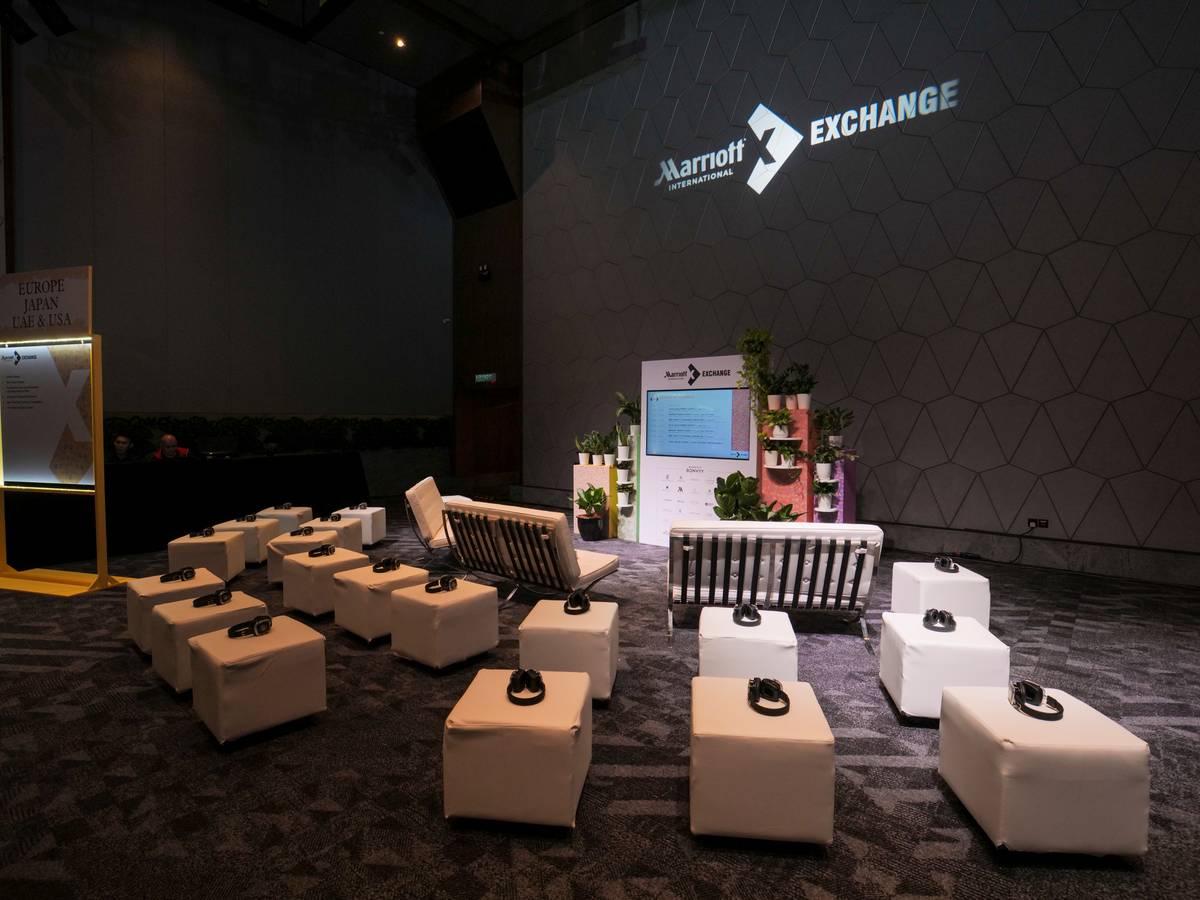
Plan a Thoughtful Menu
Event attendees may have various sensory aversions or allergies to certain foods, making it essential to incorporate a diverse range of dietary options in the menu. To ensure attendees' needs are met, it is advisable to inquire about dietary restrictions, preferred foods, or any safe food requirements in advance during the RSVP process. This enables proper selection and provision of suitable meals. Additionally, offering beverage choices that are low in caffeine or completely caffeine-free is beneficial, as high-caffeine drinks can exacerbate anxiety. In cases where it may be impossible to accommodate every dietary restriction at the venue, it is important to be flexible and consider allowing attendees to bring their own meals.
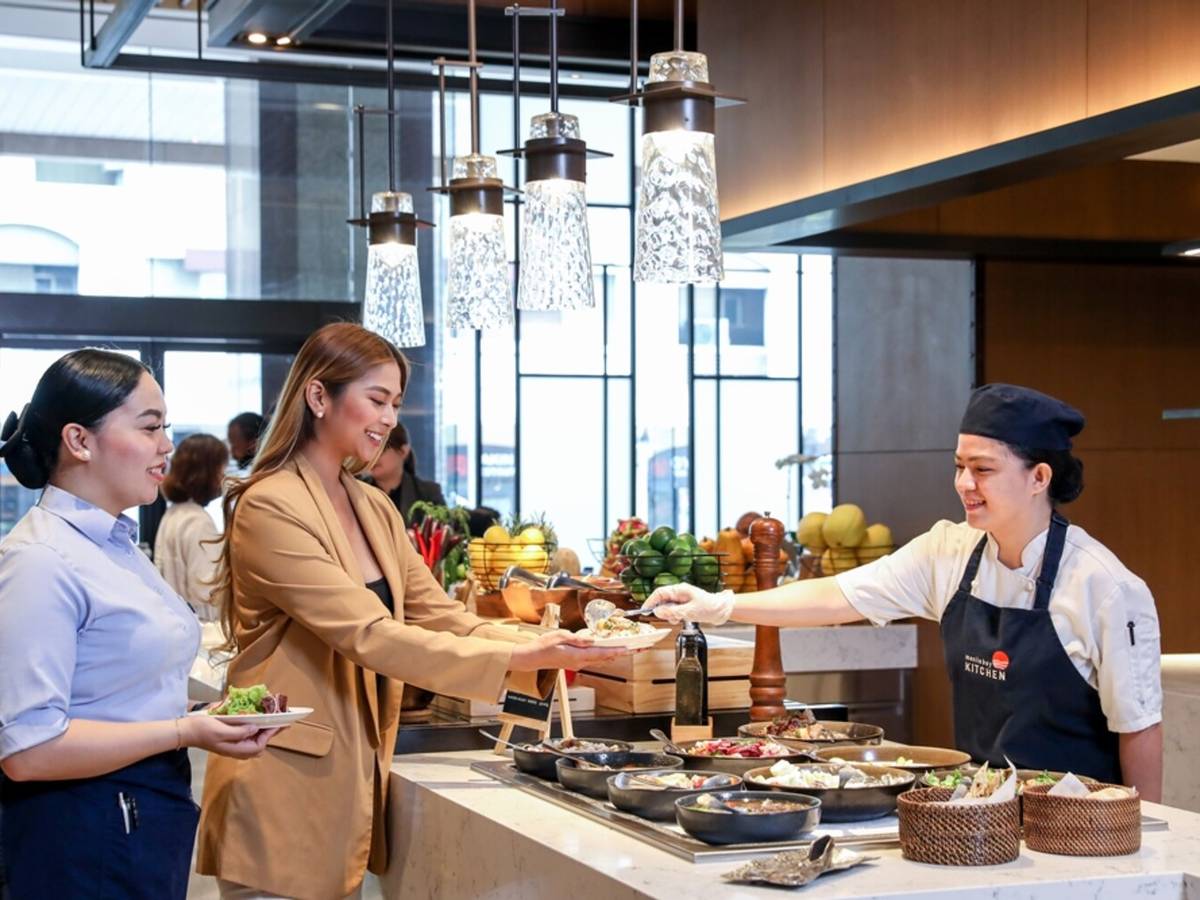
Many hotels and event venues go above and beyond to provide assistance in creating innovative and inclusive menus that cater to a wide range of dietary requirements. A prime example is Sheraton Manila Bay, which offers support in menu creation and excels in crafting culinary delights infused with rich narratives. They also take into account food allergies and intolerances, ensuring an inclusive dining experience for all.
Be Mindful of Language Usage
The language used during events holds great significance. It is important to be intentional and thoughtful in the language employed by presenters and event staff. When discussing neurodiversity, it is crucial to avoid language that unintentionally diminishes or disregards individuals' conditions. Instead, recognize people as individuals with specific conditions and address them accordingly. For example, use "disabled people" instead of "the disabled" or inquire about their preferred terminology. Steer clear of hurtful comparisons like "high-functioning" or "low-functioning," as well as ableist terms like "special needs." Instead, focus on acknowledging the diverse needs of individuals and valuing their unique experiences and perspectives.
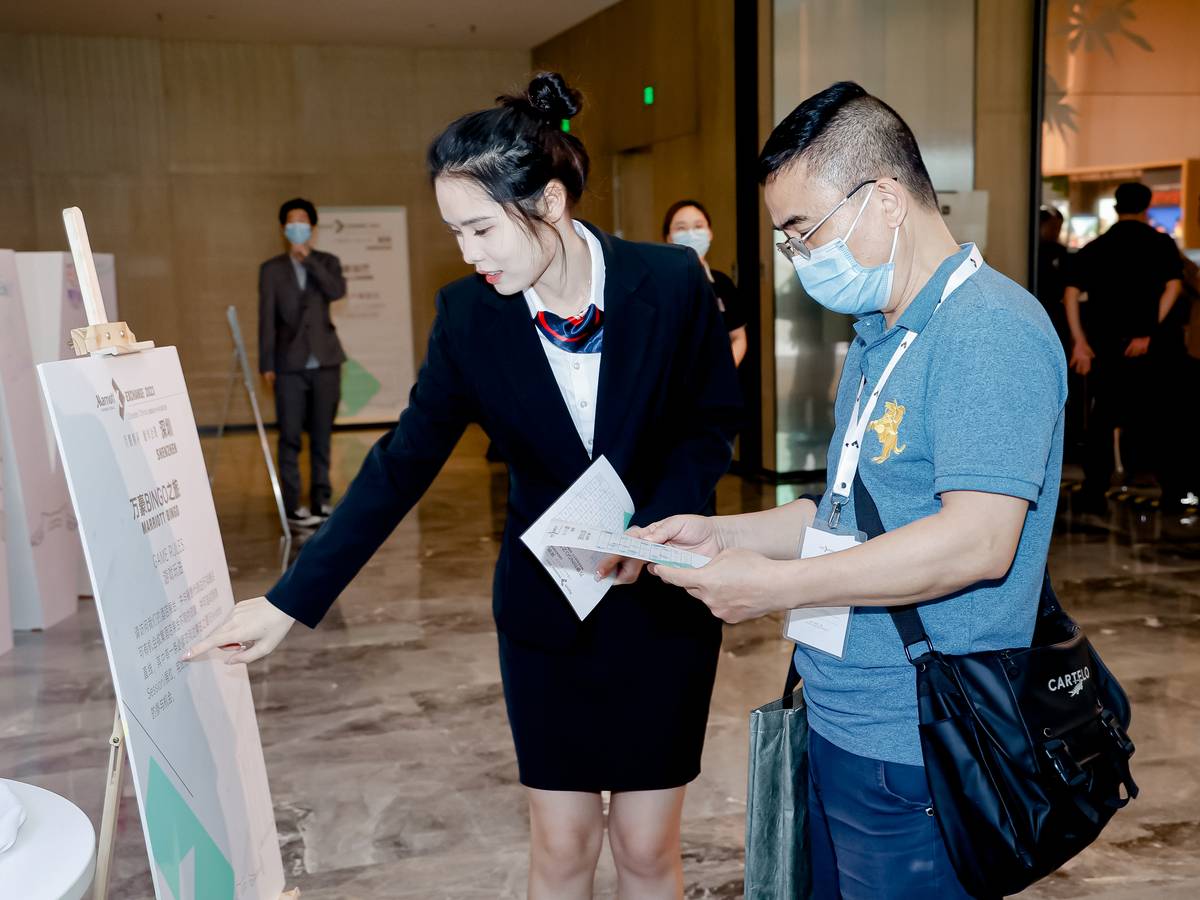
Include Neurodiverse Representation
To enhance inclusivity at your event by incorporate guest speakers from the neurodiverse population, ensuring representation across different races, genders, religions, and cultures. It is important to note that neurodivergent guest speakers need not be limited to discussing neurodivergence alone. Provide them with a platform to share their unique perspectives and ideas pertaining to their respective areas of expertise.
Expand the scope of inclusion by organizing film screenings that features neurodiverse talent from the Asia-Pacific region, these screenings can serve as catalysts for meaningful discussions on the content presented, amplifying diverse voices and fostering understanding of neurodiversity.
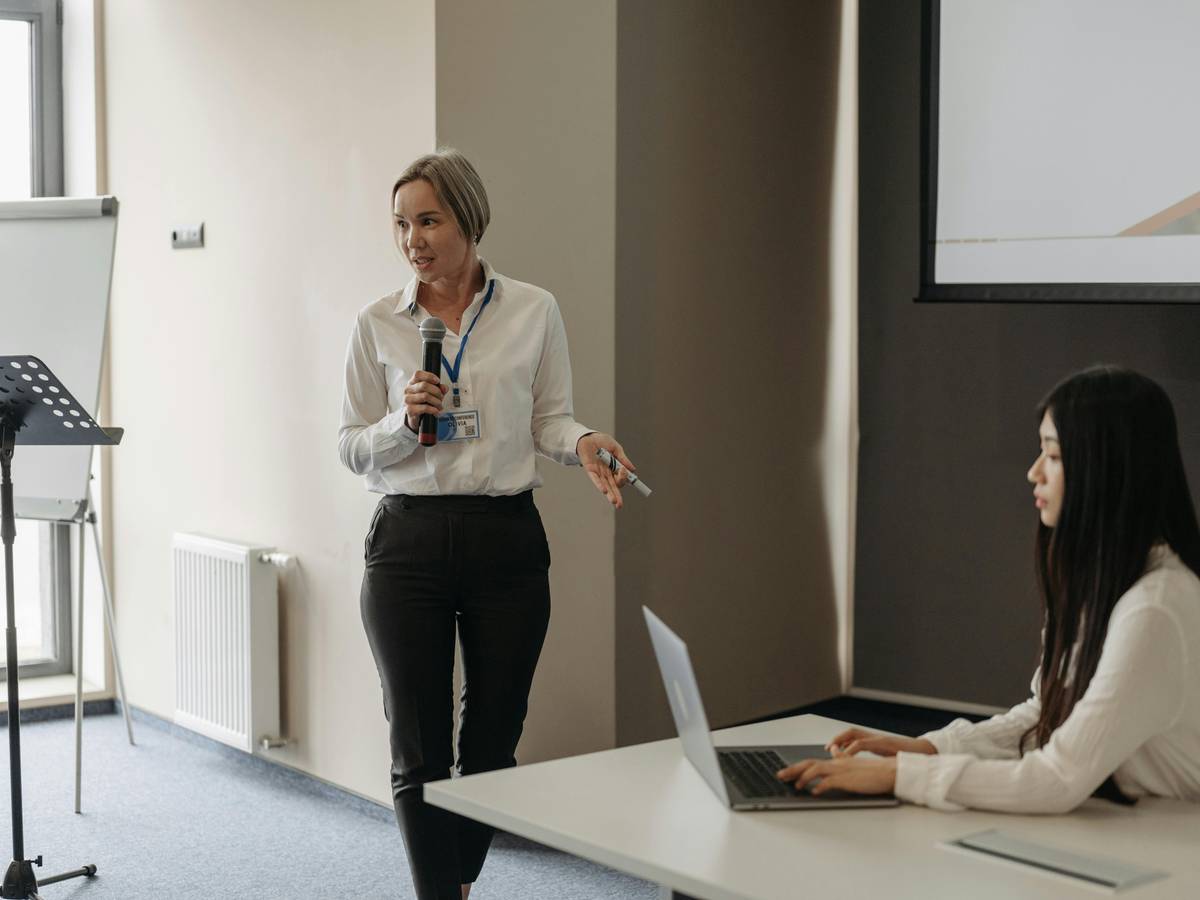
Foster Continuous Improvement and Inclusion
Requesting feedback at the conclusion of event is essential to understand how you can consistently create the most inclusive environment for all attendees. Embrace a mindset of openness and willingness to learn by establishing secure channels to share their thoughts in constructive ideas. Utilize surveys, suggestion boxes, and help desks as effective means to gather a diverse range of feedback. By actively seeking input, you can enhance future events and ensure increased inclusivity for all participants.
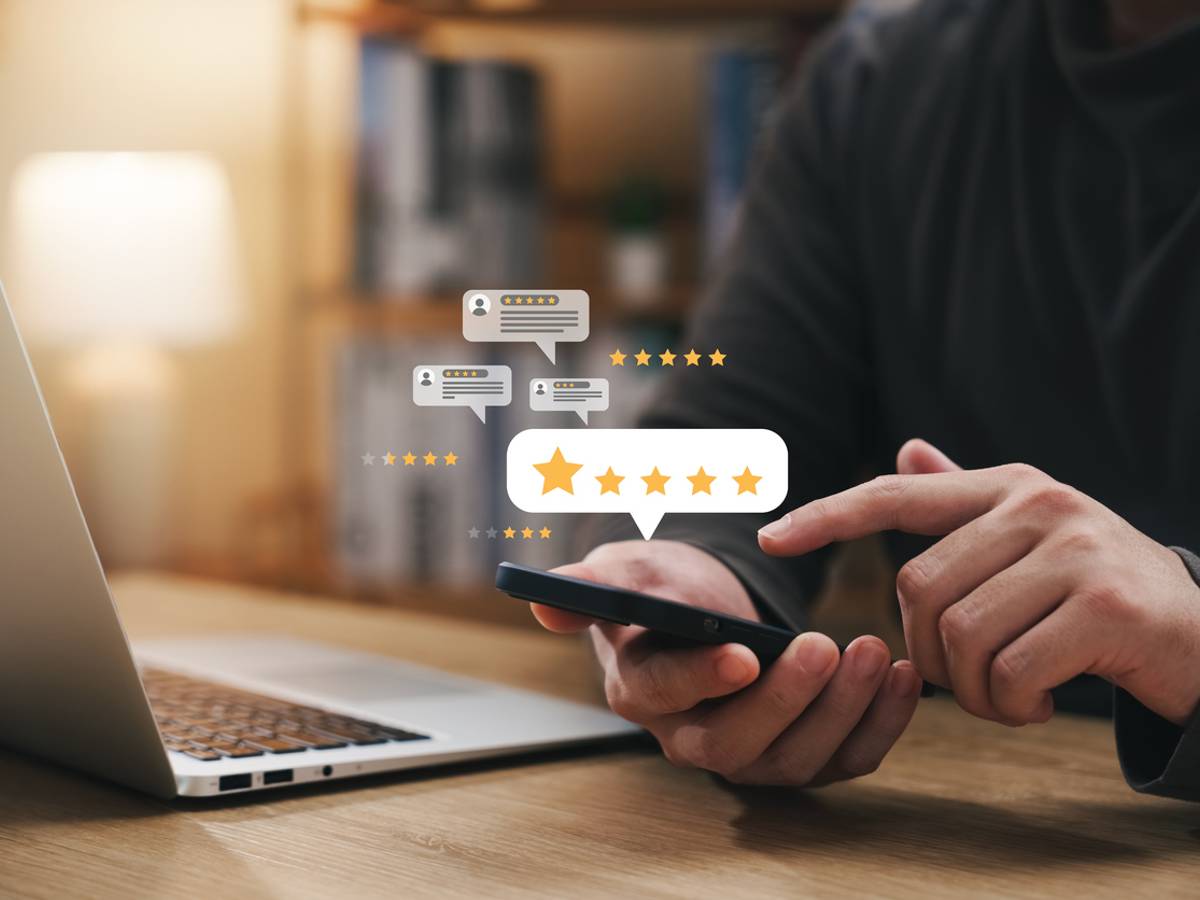
Embrace the concept of neurodiversity and curate inclusive events that cater to everyone. Enhance your event with these invaluable tips and ideas to optimize the experience and guarantee that all attendees feel welcome, included, and secure.
Would you like to stay updated on Marriott Bonvoy Events™ news, offers, and promotions? Subscribe to our newsletters here.
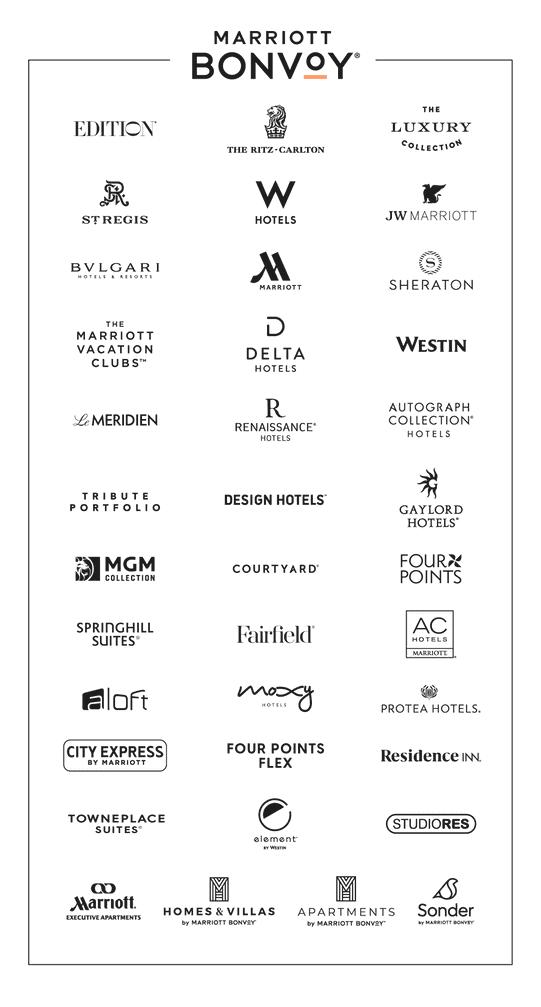
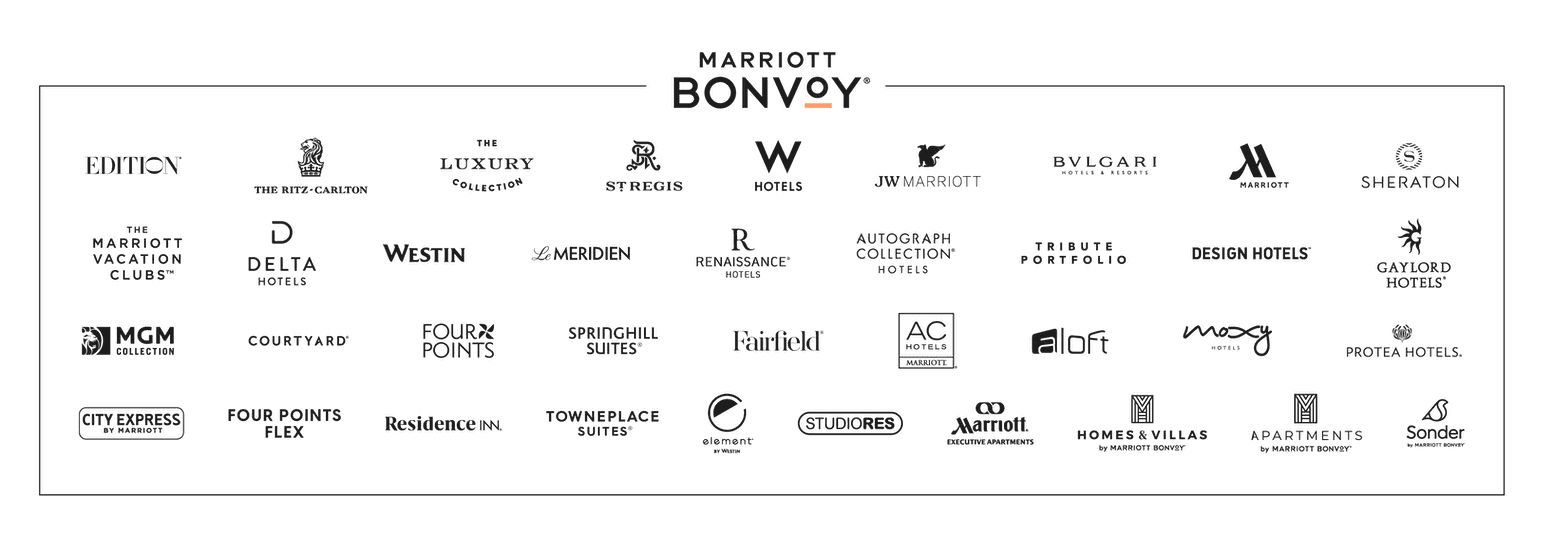
The following brands do not participate in Marriott Bonvoy™ Events: Design Hotels, Sonder by Marriott Bonvoy, Marriott Executive Apartments, Residence Inn, TownePlace Suites, Bulgari Hotels & Resorts, The St. Regis Residence Club, The Phoenician Residences, a Luxury Collection Residence Club, Scottsdale, The Ritz-Carlton Club, The Ritz-Carlton Yacht Collection, Homes & Villas by Marriott Bonvoy, and MGM Collection with Marriott Bonvoy. For a full list of participating and non-participating brands, please click here.